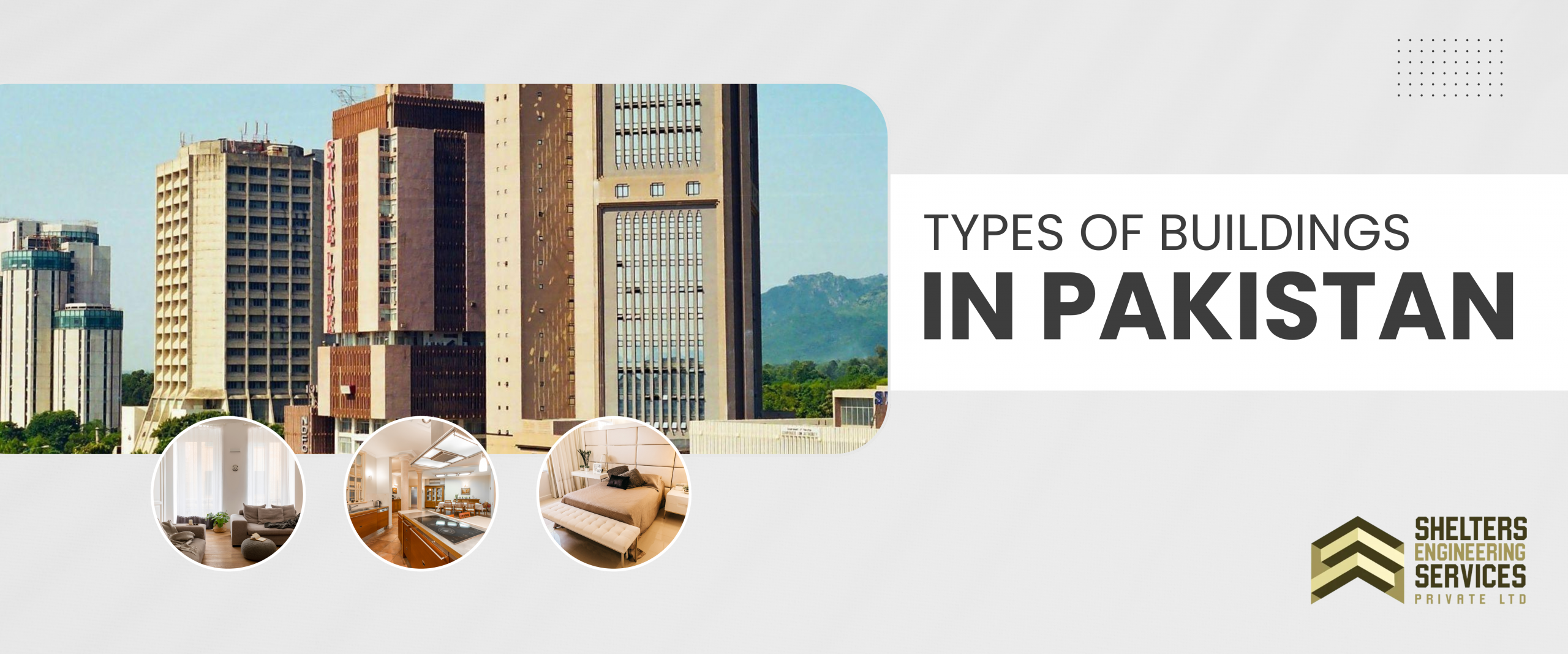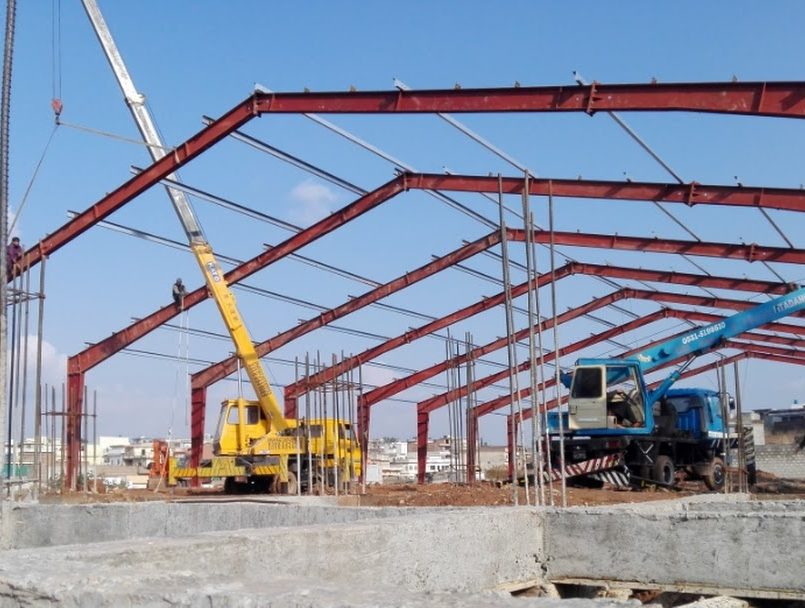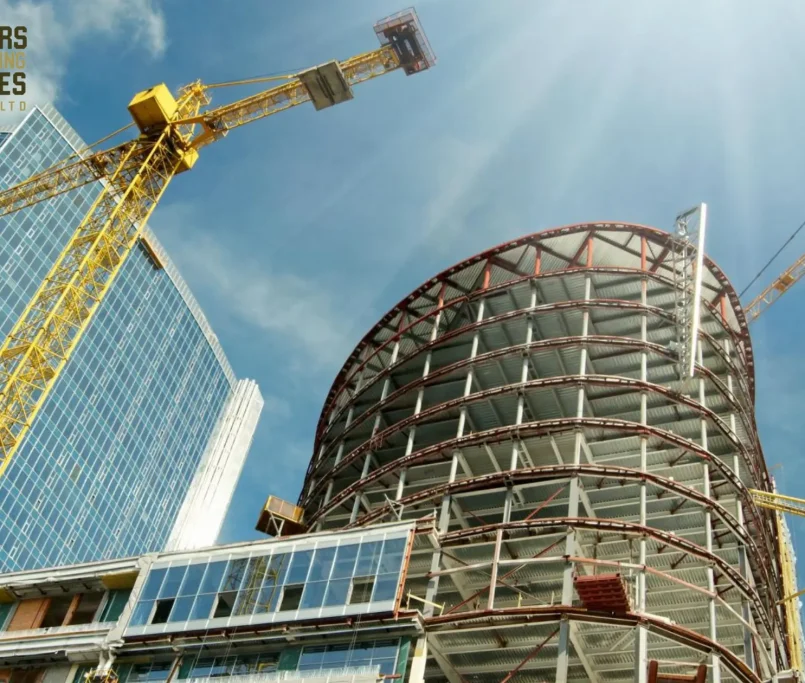Unique Architectural Pattern: The Types of Buildings in Pakistan
Welcome to the land where history echoes through its diverse architectural marvels. Each telling a unique tale of culture, innovation, and resilience. Pakistan, a country nestled in South Asia, boasts a rich architectural tapestry that reflects its intricate history, cultural amalgamation, and contemporary progress. In this exploration, we delve into the lesser-explored facets of Pakistan’s buildings. Unraveling the unique types that contribute to the country’s urban and rural landscapes. From ancient wonders to modern skyscrapers, this blog aims to shed light on the multifaceted world of Pakistani architecture.
Table of Contents
Toggle1. Historical Gems: Mughal Architecture
Pakistan’s architectural narrative is deeply intertwined with the Mughal era, a period that left an indelible mark on the subcontinent. Mughal architecture, known for its grandiosity and intricate detailing, is showcased in iconic structures such as the Badshahi Mosque in Lahore and the stunning Lahore Fort is the great example of Construction in Lahore. The Badshahi Mosque, completed in 1673, is an architectural masterpiece that can accommodate over 100,000 worshippers. Its red sandstone facade and white marble domes create a mesmerizing visual spectacle, making it one of the largest mosques in the world.
Badshahi Mosque is the fifth-largest mosque globally and attracts millions of visitors annually, contributing significantly to Pakistan’s tourism sector (Source: Pakistan Tourism Development Corporation).
2. Sustainable Vernacular Architecture: The Hunza Valley
Amidst the breathtaking landscapes of the Hunza Valley, traditional architecture thrives, showcasing a sustainable way of living. The ancient art of building with local materials such as wood, stone, and mud bricks has sustained the Hunza community for centuries. The use of these materials not only ensures harmony with the environment. But also provides natural insulation against the region’s extreme temperatures.
Hunza Valley’s vernacular architecture has gained international recognition for its sustainable practices, drawing attention from architects and researchers worldwide (Source: International Journal of Architectural Research).
Colonial Relics: The Architecture of Lahore’s Anarkali Bazaar
Lahore, the heart of Pakistan, preserves remnants of the colonial era through the architecture of Anarkali Bazaar. Named after the legendary courtesan Anarkali, the bazaar is a captivating blend of British, Mughal, and Sikh influences. The narrow alleys are adorned with colonial-style facades, showcasing a unique architectural fusion that encapsulates the city’s diverse history.
Stats: Anarkali Bazaar is one of the oldest markets in South Asia, with some buildings dating back to the 17th century, offering a tangible connection to Lahore’s historical roots (Source: Punjab Tourism Development Corporation).
Contemporary Marvels: Islamabad’s Skyline
As Pakistan strides confidently into the 21st century, its urban centers are adorned with modern architectural marvels. Islamabad, the capital city, boasts a skyline punctuated by sleek skyscrapers and avant-garde designs. The Centaurus Mall and Residency, a multi-purpose complex, stands as a testament to Pakistan’s economic progress. Housing luxury apartments, shopping outlets, and a five-star hotel.
The Centaurus Mall and Residency is one of the tallest buildings in Pakistan. Contributing significantly to Islamabad’s economic and infrastructural development.
Spiritual Sanctuaries: Multan’s Shrines
Multan, the ‘City of Saints,’ is home to a multitude of shrines that represent the spiritual diversity of Pakistan. The architecture of these shrines, such as the Shrine of Bahauddin Zakariya and Shah Rukn-e-Alam, combines elements of Islamic and local styles. The intricate tile work, colorful domes, and unique geometric patterns create an enchanting ambiance, drawing pilgrims and tourists alike.
Multan’s shrines are not only religious landmarks but also contribute significantly to the city’s cultural tourism, fostering a sense of unity and tolerance. (Source: Department of Tourist Services, Pakistan)
Rural Elegance: Tharparkar’s Havelis
Nestled in the arid landscapes of Tharparkar, traditional havelis stand as testaments to rural elegance. Adorned with vibrant frescoes and intricate carvings, these havelis are a unique architectural manifestation of the region’s rich cultural heritage. The use of locally sourced materials and traditional construction techniques reflects the resilience of the Thari people against the harsh desert conditions.
Tharparkar’s havelis are architectural treasures that offer insights into the cultural and artistic prowess of the Thari community, attracting researchers and cultural enthusiasts. (Source: Tharparkar District Administration)
Conclusion
From the grandeur of Mughal masterpieces to the sustainable simplicity of vernacular architecture. Pakistan’s diverse buildings narrate stories of resilience, cultural richness, and progress. Beyond the commonly explored landmarks, the country’s architectural tapestry unravels hidden gems in every corner, waiting to be discovered and celebrated. As Pakistan continues to evolve, its buildings will stand as witnesses to the country’s journey. A testament to the fusion of tradition and modernity that defines its architectural landscape.





